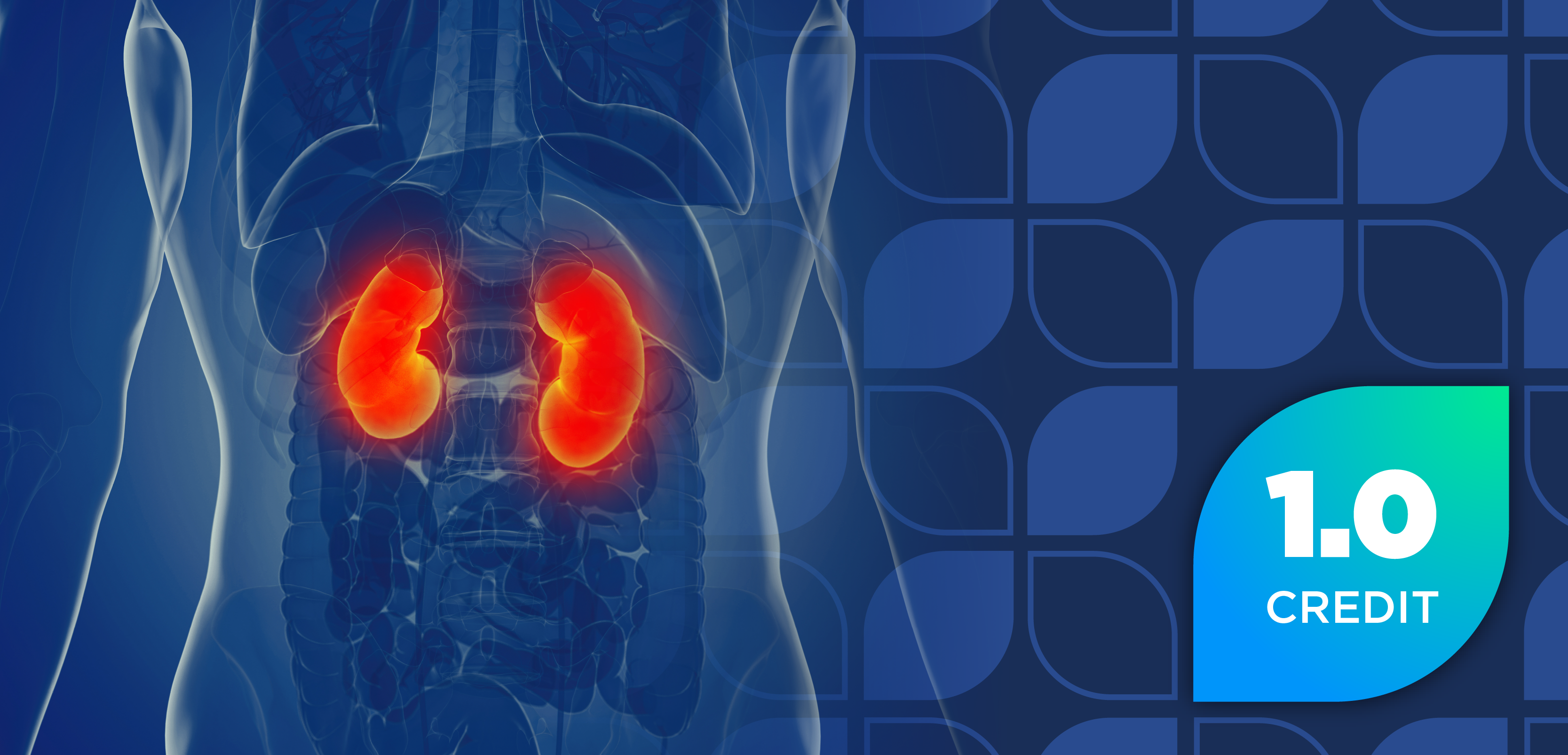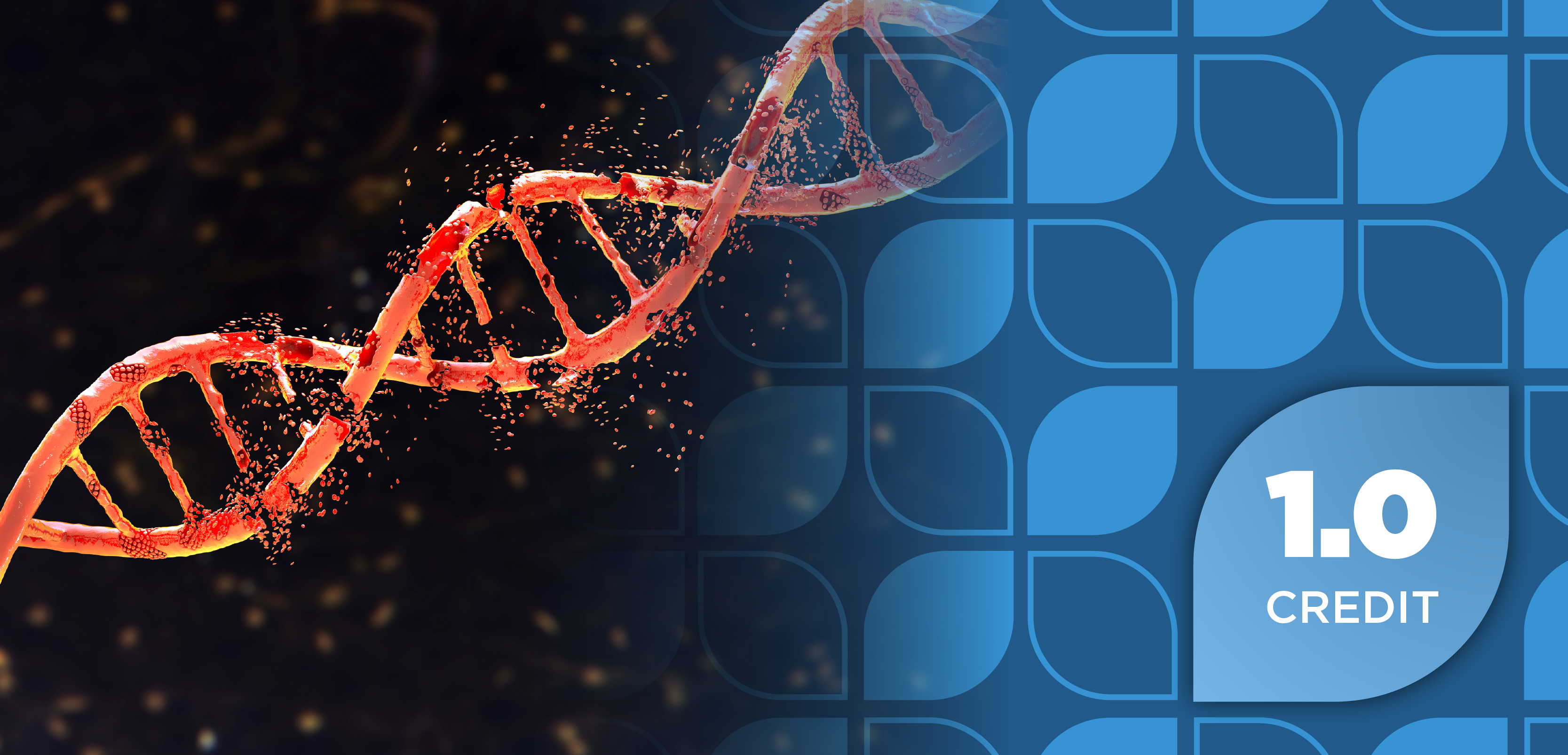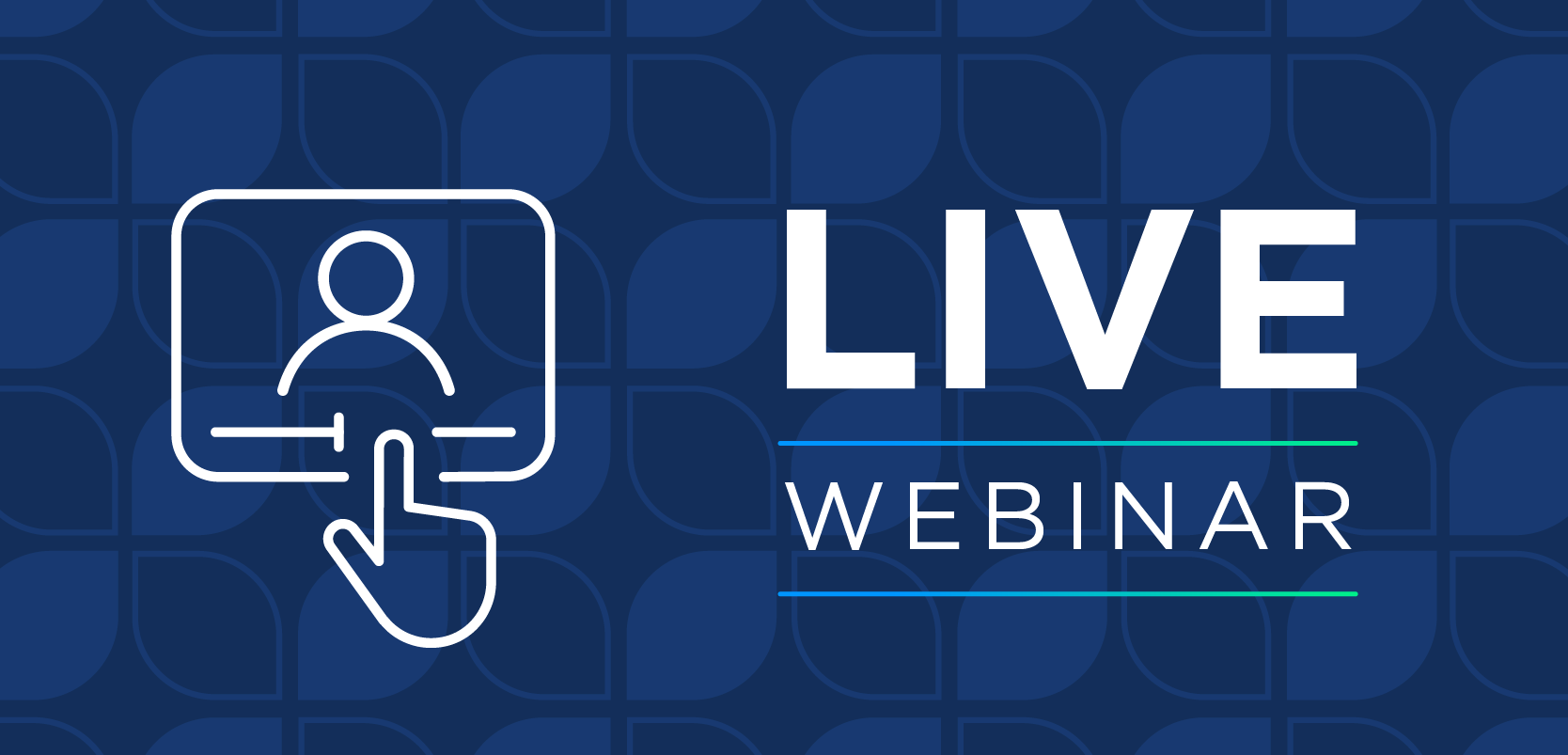
Combination Therapy and Key Points in Patient Education
Panelists discuss how they are excited about future CDK4/6 inhibitor data including oral SERDs to replace fulvestrant injections, triplet combinations with newer agents, expansion into HER2-positive settings, and the potential role of ctDNA monitoring, while emphasizing key patient education points such as explaining mechanism of action differences from chemotherapy, managing expectations about common adverse effects, setting parameters for when to contact the care team, and providing resources like ChemoCare while also educating health care teams through primary literature and electronic health record care plans.
Episodes in this series

Combination Therapy and Key Points in Patient Education
Future Treatment Paradigms and Combination Therapies
Emerging therapeutic developments in CDK4/6 inhibitor therapy include highly anticipated oral selective estrogen receptor degraders (SERDs) that could eliminate the need for fulvestrant injections, improving patient convenience and quality of life. Triplet combination protocols incorporating novel agents with CDK4/6 inhibitors show promise for enhanced efficacy. The treatment landscape is expanding into HER2-positive disease based on recent PATINA trial data, broadening the potential applications beyond traditional hormone receptor-positive, HER2-negative indications. Circulating tumor DNA (ctDNA) monitoring represents a revolutionary approach that may eventually reduce imaging frequency and guide treatment transitions more precisely, though clinical implementation remains under development.
Enhanced Quality of Life Through Oral Therapies
The evolution toward oral combination therapies represents a significant advancement in extending chemotherapy-free intervals for patients. This paradigm shift offers substantial quality-of-life improvements by reducing hospital visits, eliminating infusion requirements, and minimizing treatment-related toxicities compared with traditional chemotherapy regimens. The convenience of home-based oral therapy administration allows patients greater autonomy and normalcy in their daily lives while maintaining therapeutic efficacy. These developments align with patient-centered care priorities that emphasize maintaining functional status and emotional well-being throughout treatment.
Comprehensive Patient Education Strategies
Patient education focuses on fundamental mechanism of action differences between CDK4/6 inhibitors and traditional chemotherapy, emphasizing the targeted nature of these agents. Key educational components include dosing schedules (continuous twice-daily vs 3-weeks-on, 1-week-off regimens), realistic expectations regarding common vs rare adverse effects to reduce medication anxiety, and clear guidelines for when to contact health care providers. Intensive laboratory monitoring requirements during initial treatment months require thorough explanation to ensure patient compliance. Drug interaction counseling, particularly regarding supplements common in this patient population, prevents therapeutic complications. Educational resources include ChemoCare materials supplemented by primary literature data, with health care team education emphasizing triage protocols for nursing staff to appropriately manage patient concerns and optimize care coordination through electronic health record integration.
Newsletter
Stay informed on drug updates, treatment guidelines, and pharmacy practice trends—subscribe to Pharmacy Times for weekly clinical insights.























































































































































































































